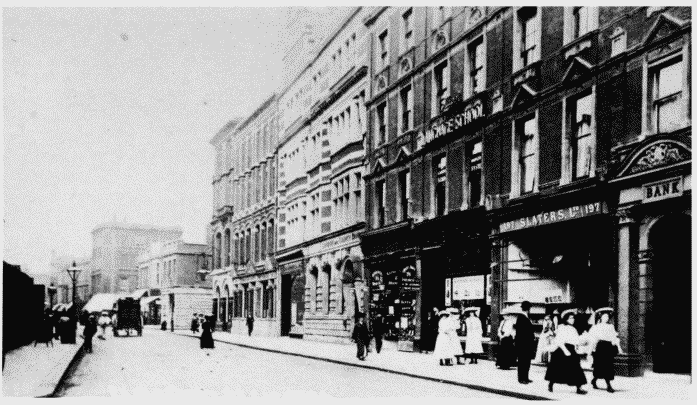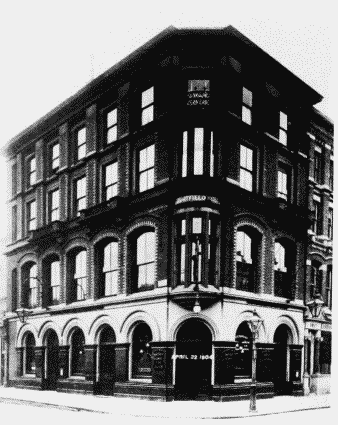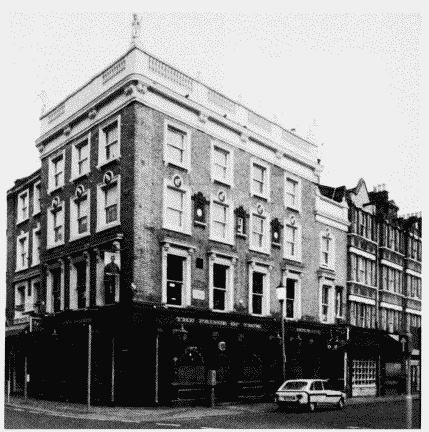Survey of London: Volume 42, Kensington Square To Earl's Court. Originally published by London County Council, London, 1986.
This free content was digitised by double rekeying. All rights reserved.
'Plate 101', in Survey of London: Volume 42, Kensington Square To Earl's Court, ed. Hermione Hobhouse( London, 1986), British History Online https://prod.british-history.ac.uk/survey-london/vol42/plate-101 [accessed 16 November 2024].
'Plate 101', in Survey of London: Volume 42, Kensington Square To Earl's Court. Edited by Hermione Hobhouse( London, 1986), British History Online, accessed November 16, 2024, https://prod.british-history.ac.uk/survey-london/vol42/plate-101.
"Plate 101". Survey of London: Volume 42, Kensington Square To Earl's Court. Ed. Hermione Hobhouse(London, 1986), , British History Online. Web. 16 November 2024. https://prod.british-history.ac.uk/survey-london/vol42/plate-101.
In this section
a (above). Nos. 1-13 (odd) Kenway Road (left to right), G. Edwards, architect, 1880 (p. 222)

Earl's Court Road south of railway in c. 1905.
Nos. 1–13 (odd) Kenway Road (left to right), G. Edwards, architect, 1880 (p. 222)
b (left). Earl's Court Road looking north in c 1905.

Nos. 1–13 (odd) Kenway Road
Earl's Court Road looking north in c 1905.
Entrance to present Nos. 209–211 on right (p. 206)
c (below left). The Courtfield Hotel, No. 187 Earl,s Court Road, in 1904.

The Courtfield Hotel, No. 187 Earl's Court Road, in 1904.
The Courtfield Hotel, No. 187 Earl,s Court Road, in 1904.
E. Francis, builder, 1876 (p. 221)
d (below right). The prince of Teck public house, Earl's Court Road, in 1983.

The Prince of Teck, No. 161 Earl's Court Road, in 1983.
The prince of Teck public house, Earl's Court Road, in 1983.
e (right). Nos. 35 (left) and 36 Earl's Court Gardens in 1983. No.35, Matthew Scott, buider, 1871–3; No. 36, Henry Godwin, probable architect, 1876 (p. 224)

Nos. 35 and 36 Earl's Court Gardens in 1983.
Nos. 35 (left) and 36 Earl's Court Gardens in 1983. No.35, Matthew Scott, buider, 1871-3; No. 36, Henry Godwin, probable architect, 1876 (p. 224)
T. Huggett and T. Hussey, builder, 1868: probably embellished, G. Edwards, architect, 1880: ground-floor front 1901 (pp. 220, 220). No. 159 Earl's Court Road on left, No. 1 Kenway Road on right (pp. 220, 222)
